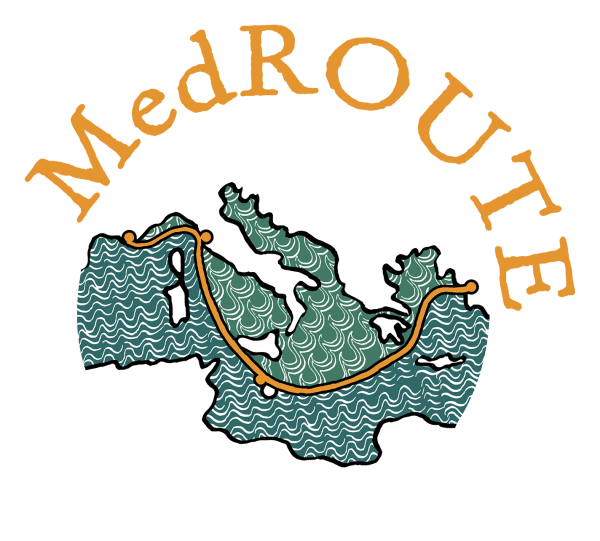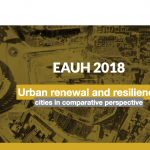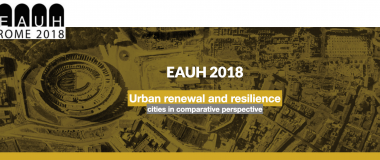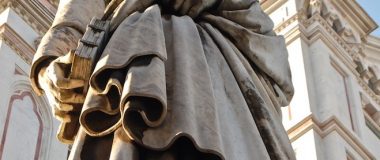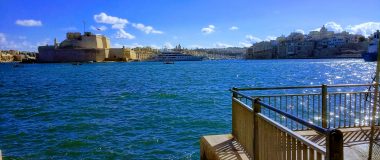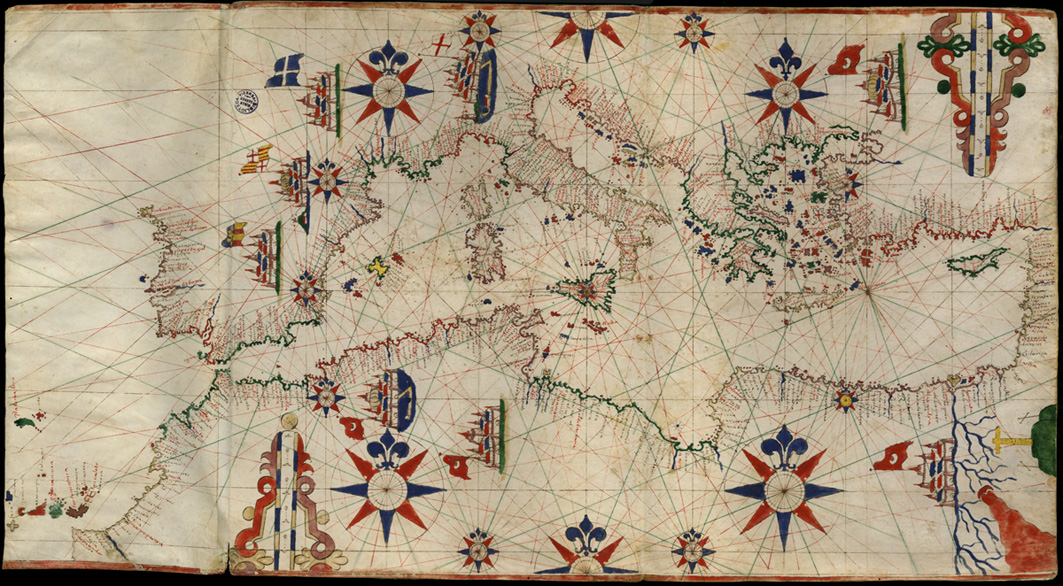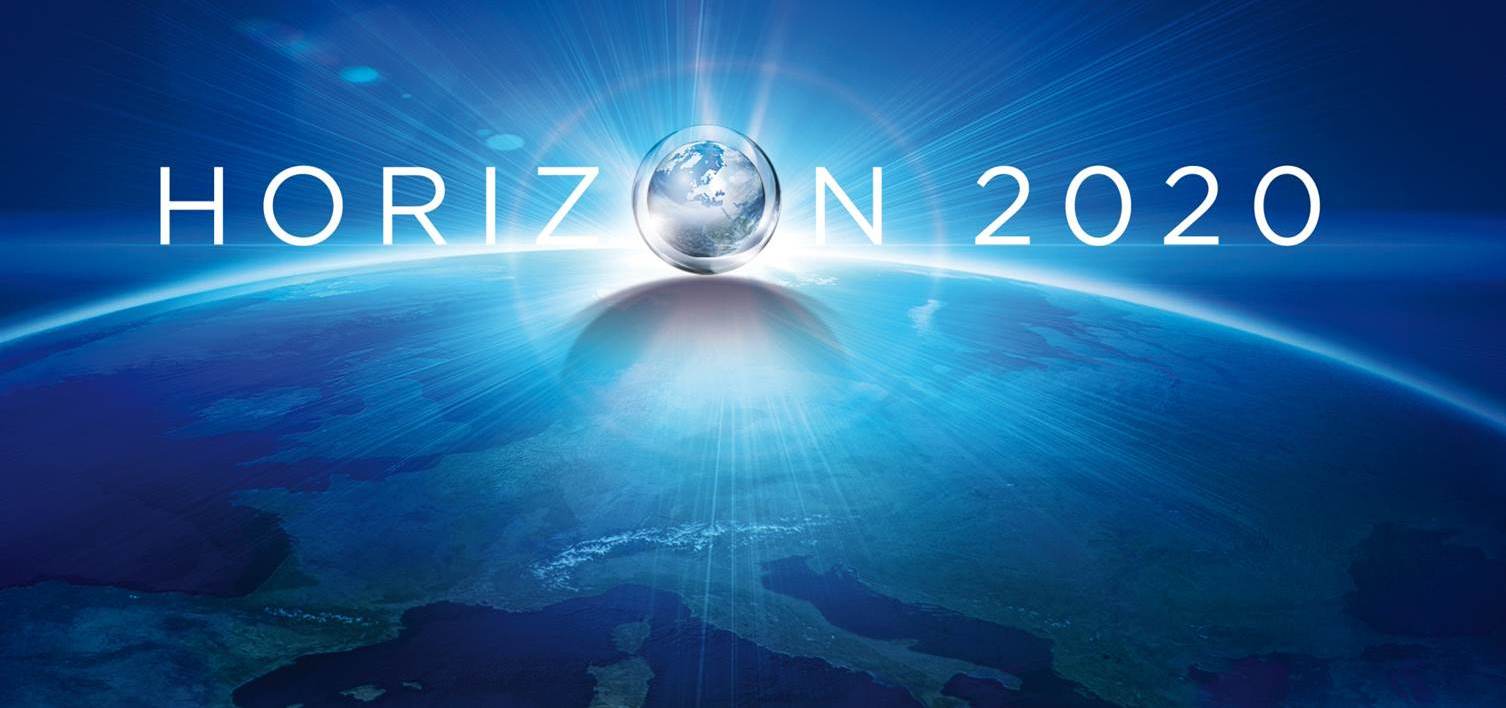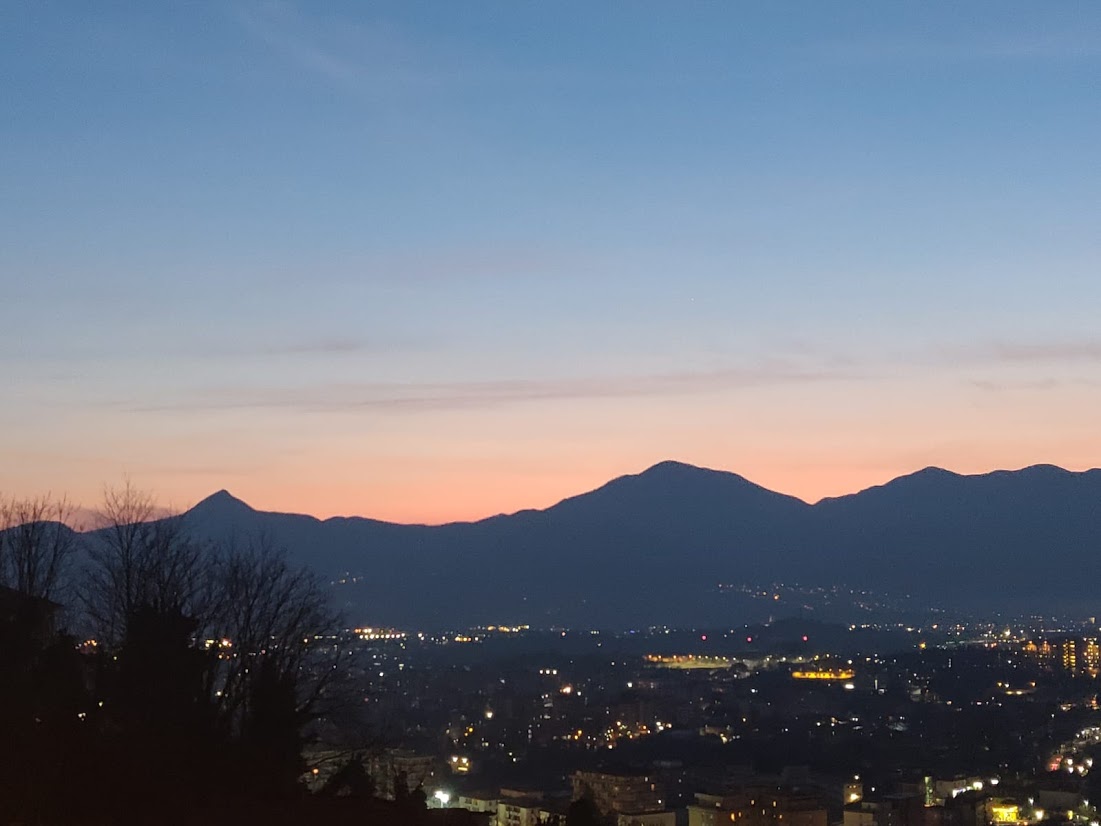Welcome to MEDroute
What is MEDRoute?
What is MedRoute? MedRoute is a voyage through the history of Mediterranean pluralism, developed along a Mediterranean maritime route cutting the Mediterranean from east to west. It is a Marie Skłodowska-Curie project. The project leading to this application has received funding from the European Union’s Horizon 2020 research and innovation programme under the Marie Skłodowska-Curie grant agreement No 747030 – MedRoute.
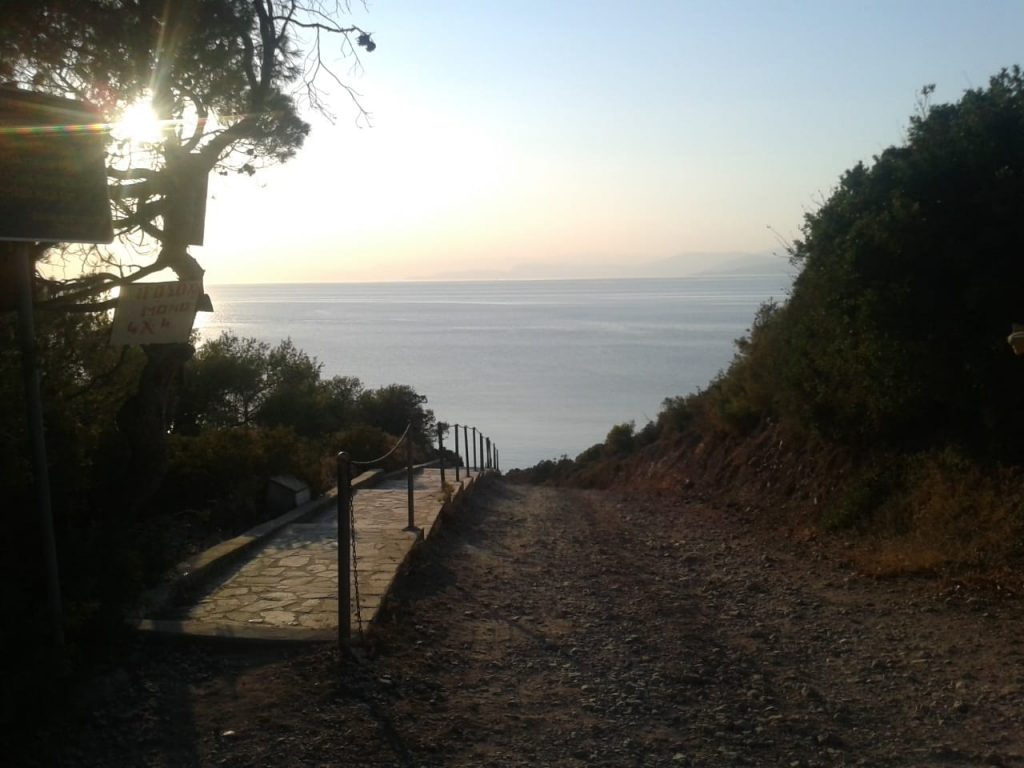
Sailing from one point to the other of the Mare Nostrum, MedRoute inquires the phenomenon of multiculturalism in four Mediterranean port cities of the late 17th and the early 18th centuries. Through the employment of three identity markers (foodways, clothing, and language), the project aims to chart how differences in the political and physical environments affected the balance of acculturation in the port-cities of Izmir, La Valletta, Livorno and Marseille.
Although very different amongst themselves, the four cities of MedRoute were linked by an important trading route and they differently shared a highly developed cultural, ethnical, and religious pluralism. This contact and the environmental similarity allow their comparison in the different kinds of cohabitation developed, shading light on the ways different multicultural spaces were took shape in pre-modern Mediterranean and on how members of foreigner groups handled coexistence following different strategies.
In analysing identity as a dynamic process and “a way of doing things”, MedRoute enters into the historiographical debate on the One-Plural nature of the Mediterranean on two critical levels: the ways in which Mediterranean identities interact with one another and how they generate a multicultural zone.
The research is built on three main assumptions:
1st The role of the political factor in determining the type of multiculturalism developed and the ethical role of politics in assuming tolerance as a tool for fostering a more vibrant and resourceful society.
2nd The role played by internal members of the communities on the basis of social class, education and gender, and how these factors determined the individual positioning on the scale from integration to segregation.
3th The functionality of multicultural policies in enhancing urban welfare.

